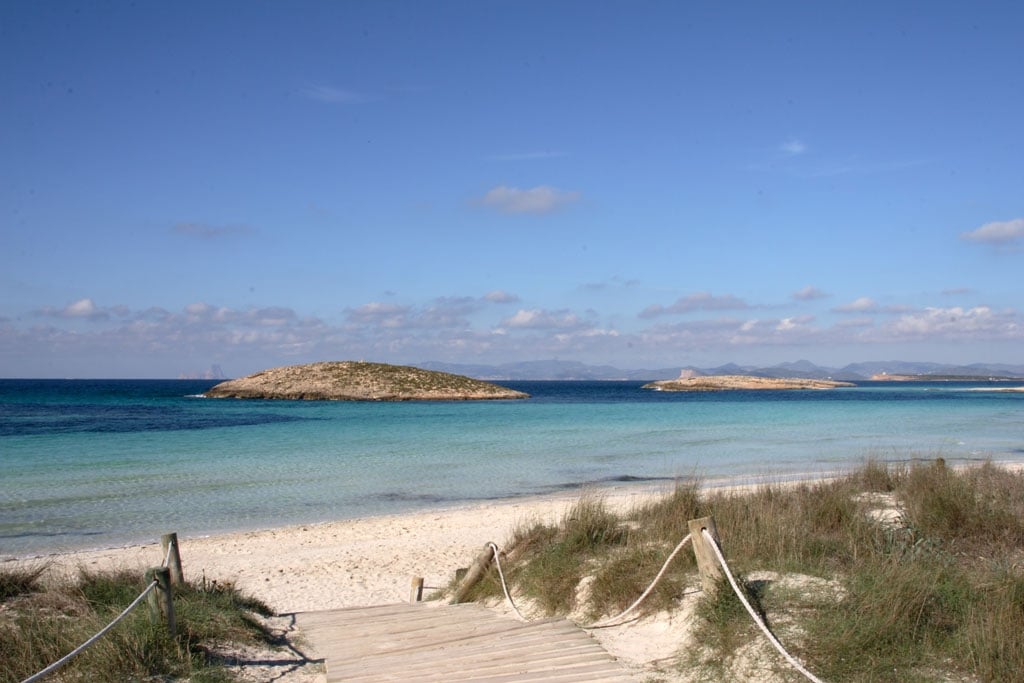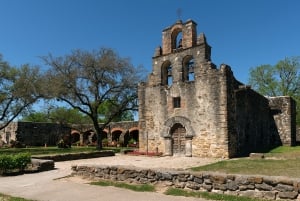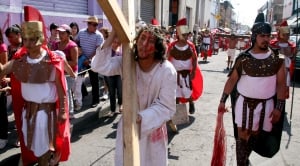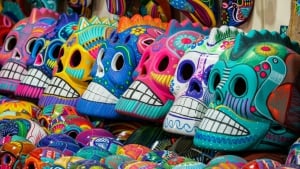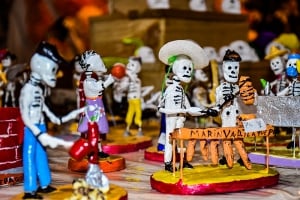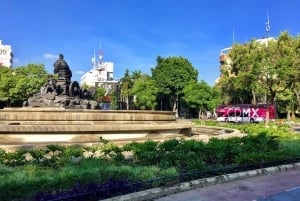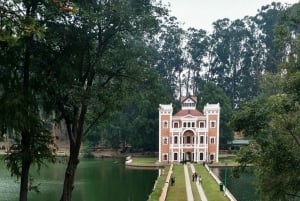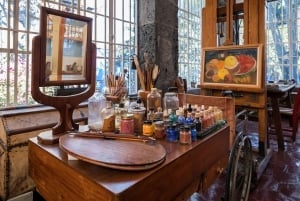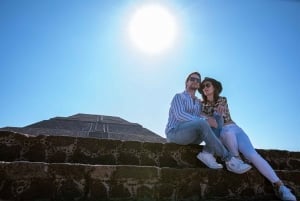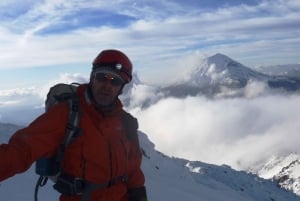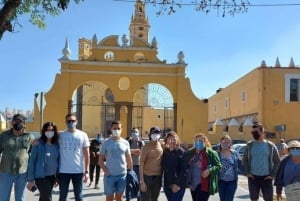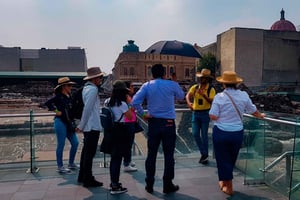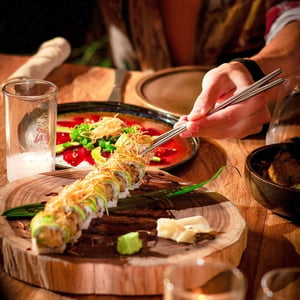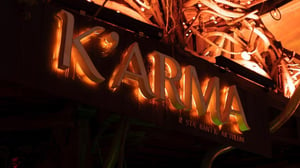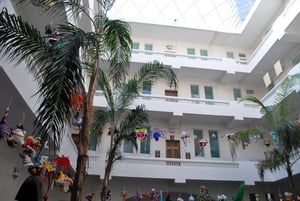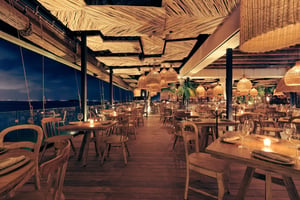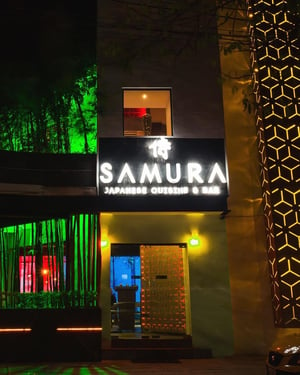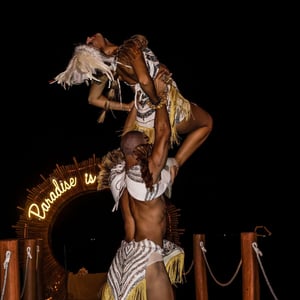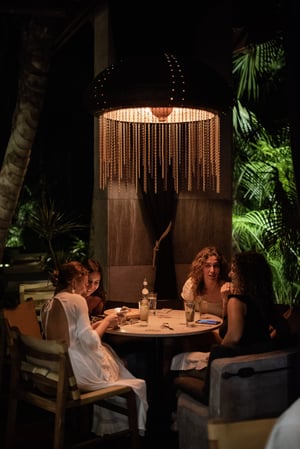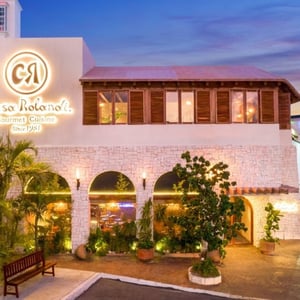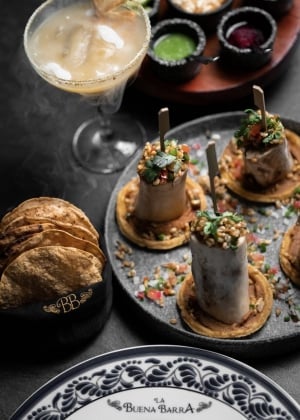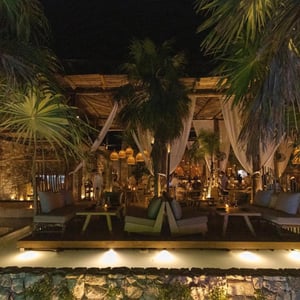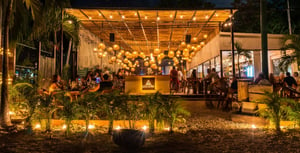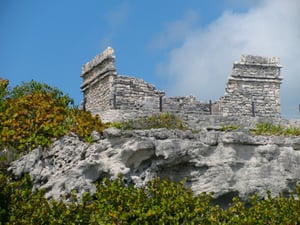Saints closed, the fun begins! In Mexico, religion sets the rhythm
Book Top Experiences and Tours in Mexico:
If youʻre booking your trip to Mexico last minute, we have you covered. Below are some of the top tours and experiences!- Mexico City: Historic Downtown Walking Tour
- Mexico City: Hop-On Hop-Off Bus City Tour
- Chautla's Castle, Lavender Farm, and Valquirico Private Tour
- CDMX: Neighborhoods Contrasts Private Tour
- Mexico City: Frida Kahlo Museum Ticket with Digital Guide
Bells ring, firecrackers explode, men in pointy hats dance in front of the church. The procession begins. Antonio has no time to talk now. He is the mayordomo, the guardian of the holy statue, and must make sure that everything goes as planned. The musicians go ahead - first with drums and pipes, then guitars and accordions. Behind them are the banners, wobbling a little. The men carrying them bend the banners to one side and then the other so as not to tear off the tangle of cables hanging low down.
Finally, the first figure appears in the doorway. Santa Marta is barely visible from under a pile of red, white and pink blankets, scarves and huipiles, loose Indian blouses. Perhaps each Santa Marta woman has decided to offer her a handwoven gift? Second in line goes Saint Andrew. A bearded apostle with a tin halo swings beneath a canopy suspended on long tassels.
For a moment Antonio flashes us. He is just behind the statue, among other mayordomos in heavy bedspreads of rough black wool. They walk in two rows, their wives between them, each with a clay ladle as if it were a smoking goblet. The women's faces are streaked with grey specks of ash from the smouldering copal, the resinous scent irritates the throat and nose. In clouds of smoke the whole procession marches. One couple, the second, the tenth, the fifteenth, it's hard to count... Yes, the entourage of the Apostle Andrew is the largest.
The last figure, Mary Magdalene, is followed by barely a dozen people, mostly women. All of them wearing pink striped huipiles with patterns that still remember the times of the stone pyramids. And beads, long strings of red beads. In all of Chiapas, these are worn only by the Las Magdalenas Indians. Just like their patroness. You can recognise them from the most crowded market.
Gringo with Saint Andrew
When the procession stops at the cross on the outskirts of town, Antonio finally has more time for us. The men gather in small groups, the women with their incense sticks sit around the statues in the middle. - Our saints pay each other a visit every year. We came to Las Magdalenas from San Andres Larrainzar, other mayordomos are from Santa Marta. In a week's time, we will host Mary Magdalene and Saint Marta with us, in Larrainzar. And then the third fiesta, in Santa Marta," Antonio explains.
Mexico: Catholic religion, Mayan rituals
The state of Chiapas is one of the most indigenous parts of Mexico. As many as a third of its inhabitants are contemporary Maya, descendants of the builders of great cities in the jungle. The majority live in the rugged highlands of Los Altos, at an altitude of more than 2000 m. Their world is made up of mountains criss-crossed by deep furrowed valleys, covered by irregular patches of pine forests, green pastures and milpas, tiny fields where bean and pumpkin vines meander among the corn stalks. In the markets, the Mayan languages tzotzil and tzeltal can be heard, and Indian women weave their clothes on looms whose design has not changed in over a thousand years.
Many elements of Maya culture survived the conquest and colonial times in Chiapas, often intertwining with the European civilisation of the invaders and creating the most peculiar combinations. The processions here carry images of Catholic patron saints - Andrew, Martha, John the Baptist or Peter - but Mayan blood flows in the veins of the saints. The ceremonies are not led by priests. You rarely see them here at all. Indians pray alone, they have their own priests.
The meeting of saints
Among the faithful we spot Antonio. Busy again, concentrated, he is busying himself with the other mayordomos. Today it is their turn to host the visitors from Santa Marta and Las Magdalenas. They need to get ready. Antonio gives instructions, shows where to move the flowers, where to make a passage for the patron. Someone scrapes the wax off the stone slabs. Others are arranging Saint Andrew's robes, combing the blue tassels, adjusting the mirrors and peacock feathers hanging around his neck.
They are already dancing in front of the entrance, the harp and guitars are already playing, St Martha and St Mary Magdalene are about to arrive. We must go out to meet them, greet them at the three crosses on the hill, as custom dictates. We set off, San Andres swings again on the shoulders of the mayordomos. And the saints are already waiting, you can already see them up there.


